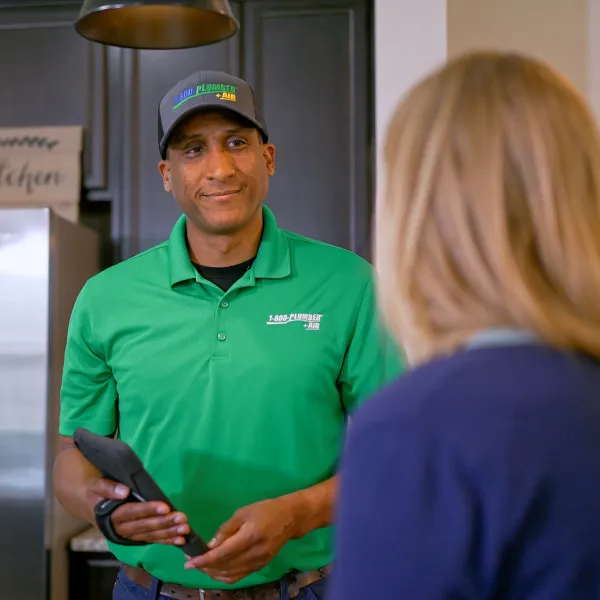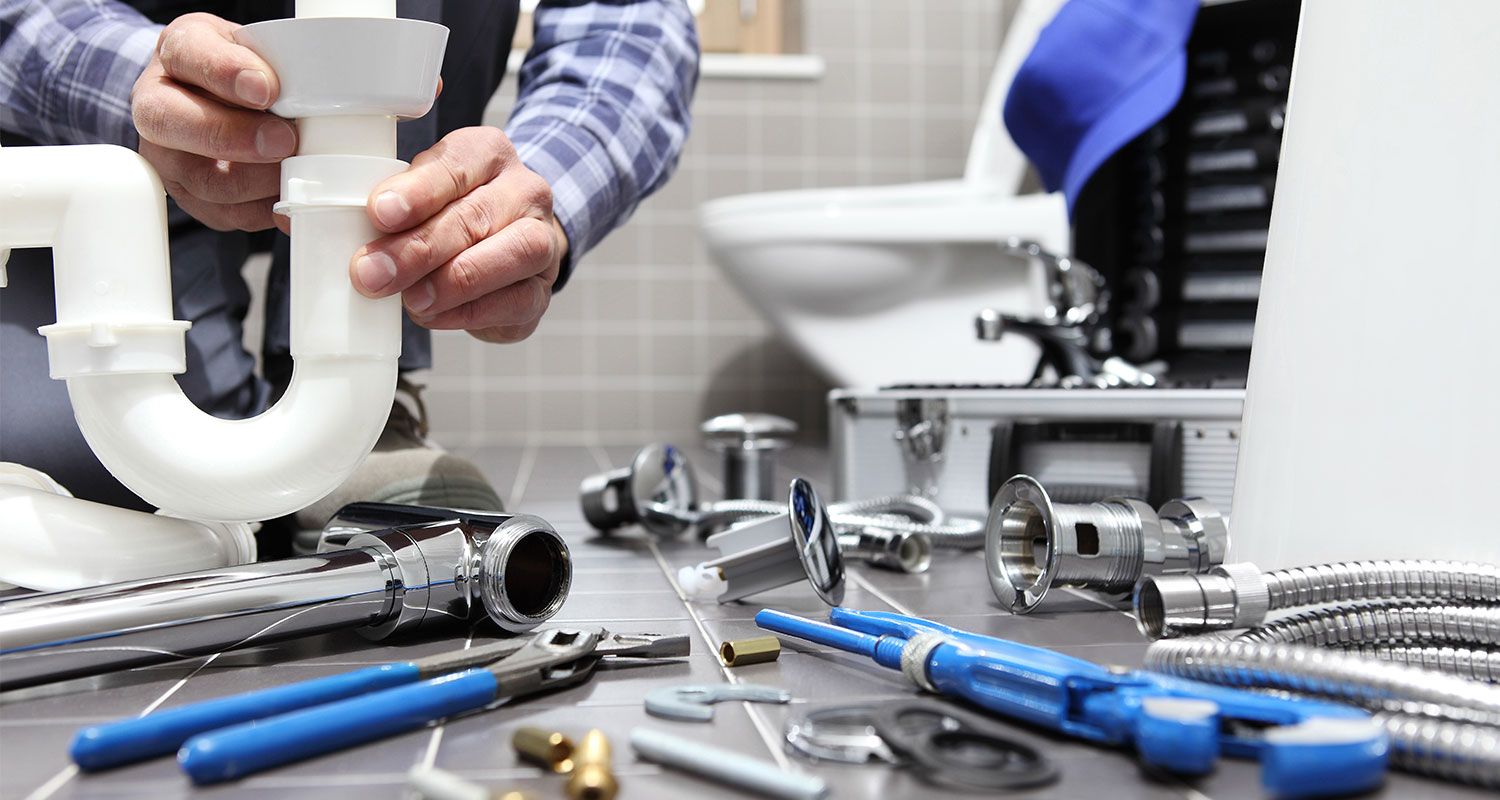Professional Water Heater Installation Alabaster AL You Can Trust
Professional Water Heater Installation Alabaster AL You Can Trust
Blog Article
A Detailed Guide to Efficient Hot Water Heater Installation for Optimal Performance
Getting started on the task of mounting a water heating system is an endeavor that requires precision and a systematic technique for achieving ideal efficiency. As you proceed, the intricacies of connecting water supply lines and setting up dependable electric or gas connections wait for, appealing understandings into guaranteeing efficiency and reliability.
Selecting the Right Hot Water Heater

Following, think about the dimension and ability of the water heater. It's vital to evaluate your house's warm water demands, which can vary based on the number of occupants and their usage patterns. An unit that's also small may lead to not enough warm water, while a large model could lead to unnecessary energy consumption.
Efficiency scores likewise play a crucial duty in option. Search for hot water heater with high Energy Variable (EF) rankings, showing premium performance and reduced energy use. Tankless models, though commonly much more pricey upfront, deal significant energy savings gradually due to their on-demand heating capabilities.
Preparing the Installation Location
Prior to mounting a brand-new water heating unit, thorough prep work of the installment location is important. It's vital to determine the space very carefully to accommodate the water heating unit's dimensions, guaranteeing sufficient clearance around the device for effective procedure and servicing.
Check the flooring for security, as the water heating unit will require a solid, level surface area to operate successfully. If necessary, mount a drip frying pan underneath the unit to catch possible leakages or spills, preventing water damage to the surrounding location.
Additionally, guarantee that all needed devices and materials get on hand before starting the installation. This consists of things such as wrenches, screwdrivers, a level, and any kind of additional equipment required for safeguarding the heating unit and placing. A well-prepared installation location sets the foundation for a successful hot water heater setup, maximizing efficiency and safety and security.
Connecting Water System Lines
When attaching water supply lines to your recently installed water heater, it is critical to guarantee that all links are safe and leak-free to maintain reliable procedure and stop water damages. Begin by determining the warm and chilly water supply lines. The chilly water inlet is commonly marked with a blue label or a "C", while the warm water electrical outlet is noted with a red tag or an "H".
Usage flexible water heater ports to facilitate a less complicated installment procedure. Prior to affixing the adapters, place a plumber's tape around the threaded ends of the water heater's inlet and electrical outlet pipelines.
As soon as connections remain in location, gradually switch on the primary water valve. Check each connection for leaks by aesthetically really feeling and inspecting for wetness. Tighten up links as essential, and guarantee the stress alleviation valve is appropriately installed, securing against extreme stress accumulation.
Setting Up Electric or Gas Links
Correctly setting up the electric or gas links for your water heating system is a crucial step to make certain reliable and safe operation. For electrical hot water heater, start by confirming that the electrical circuit works with the heating unit's voltage and amperage demands. Make certain the power supply is shut off at the circuit breaker to stop mishaps. Attach the electric cords to the heater complying with the maker's wiring diagram. Commonly, this entails attaching the ground cable to the eco-friendly terminal, and the staying cables to their matching terminals, securing each with cord nuts.
For gas water heating units, safety is extremely important. Attach the gas line to the water heating unit making use of a versatile gas connector, ensuring it is properly threaded and sealed with pipe joint compound or Teflon tape appropriate for gas connections.
When links are made, check for any kind of potential leaks. For gas lines, use a soapy water service to the joints; bubbles suggest a leakage. For electrical links, verify that all wiring is safe and secure and correctly shielded, preserving conformity with neighborhood electric click now codes.
Testing and Adjusting for Effectiveness
With the electrical and gas links firmly in place, the following step is evaluating the operational performance of your water heating system. Begin by meticulously transforming on the water supply and ensuring there are no leakages at any of the joints our website or shutoffs.
Following, perform a detailed examination to make certain the burner or burner are operating correctly. For electric heating systems, utilize a multimeter to verify if the aspects are attracting the suitable existing. In gas versions, observe the heater flame; it must be consistent and blue, showing efficient burning.
Readjust the setups as required to get rid of inefficiencies. Consider executing insulation actions, such as adding a hot water heater covering, to better enhance performance by decreasing heat loss. Additionally, inspect the anode rod's problem, as a shabby rod can lower performance and result in container rust.
Conclusion
Reliable water heater installation is important for ensuring optimum efficiency and power financial savings. By picking the suitable kind and dimension, and meticulously preparing the setup location, a structure for success is established. Firmly linking water supply lines and very carefully establishing electric or gas connections reduce prospective issues. Complete screening for leaks and accurate thermostat modifications to 120 ° F improve reliability and effectiveness. Sticking to these actions advertises lasting capability and power preservation in residential water heater.

Properly setting up the electric or gas connections for your water heating system is an essential step to make sure pop over to these guys risk-free and reliable procedure. For electrical water heating units, start by confirming that the electrical circuit is compatible with the heater's voltage and amperage needs. Connect the gas line to the water heater using an adaptable gas connector, ensuring it is effectively threaded and sealed with pipe joint compound or Teflon tape appropriate for gas links.
Report this page